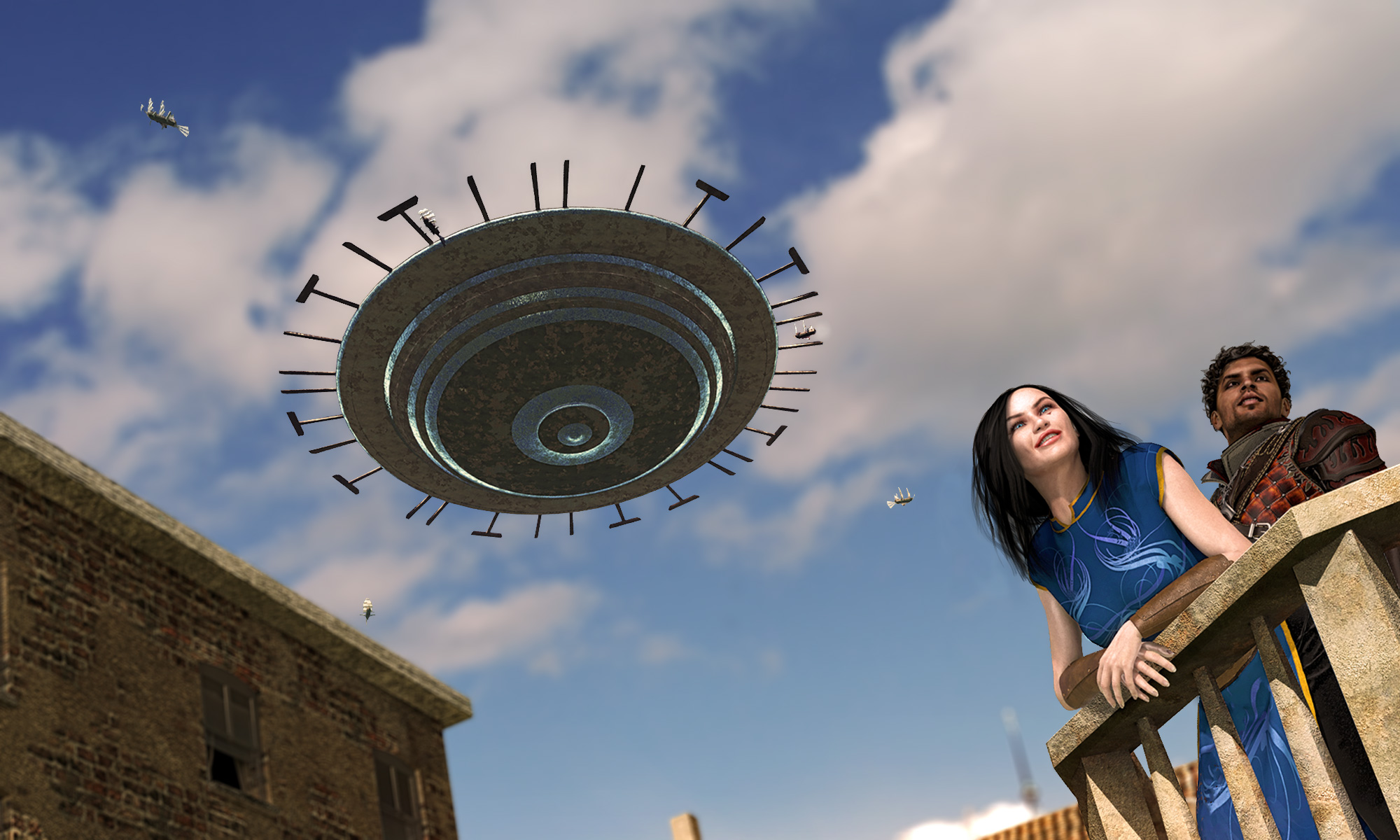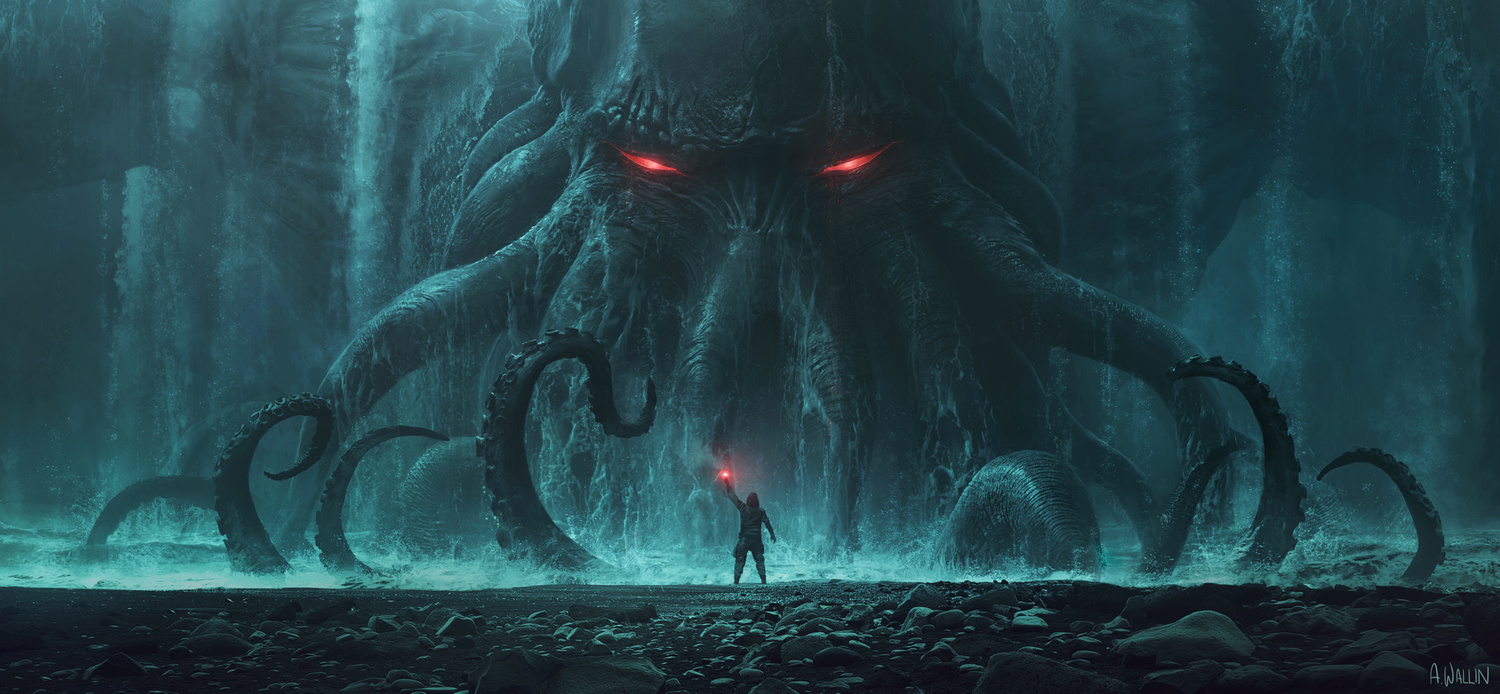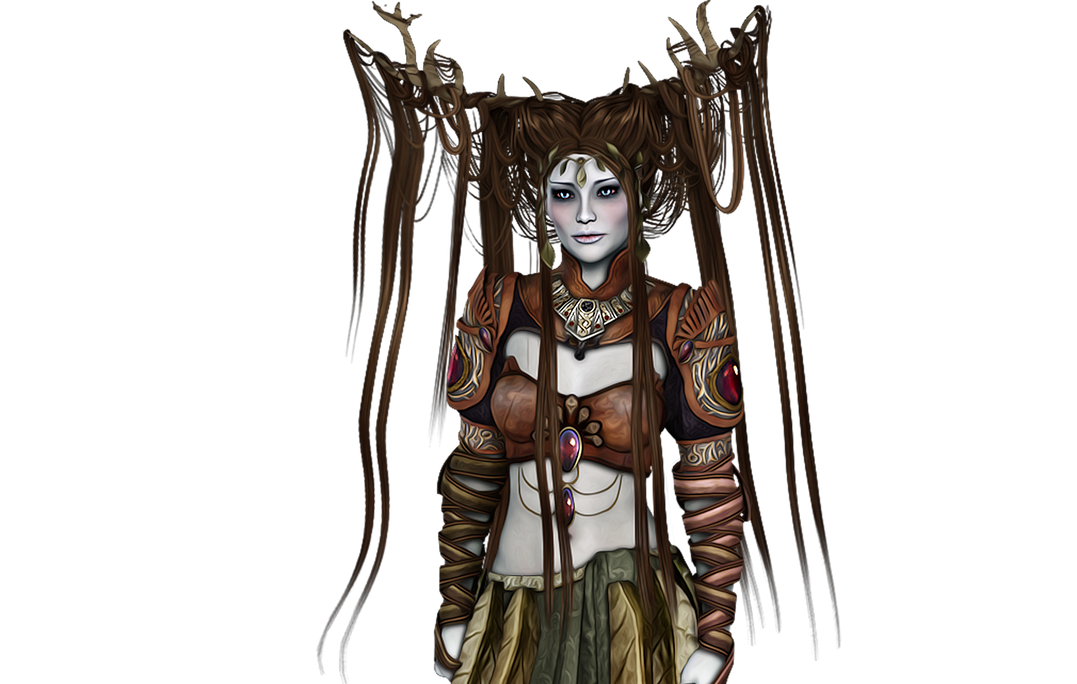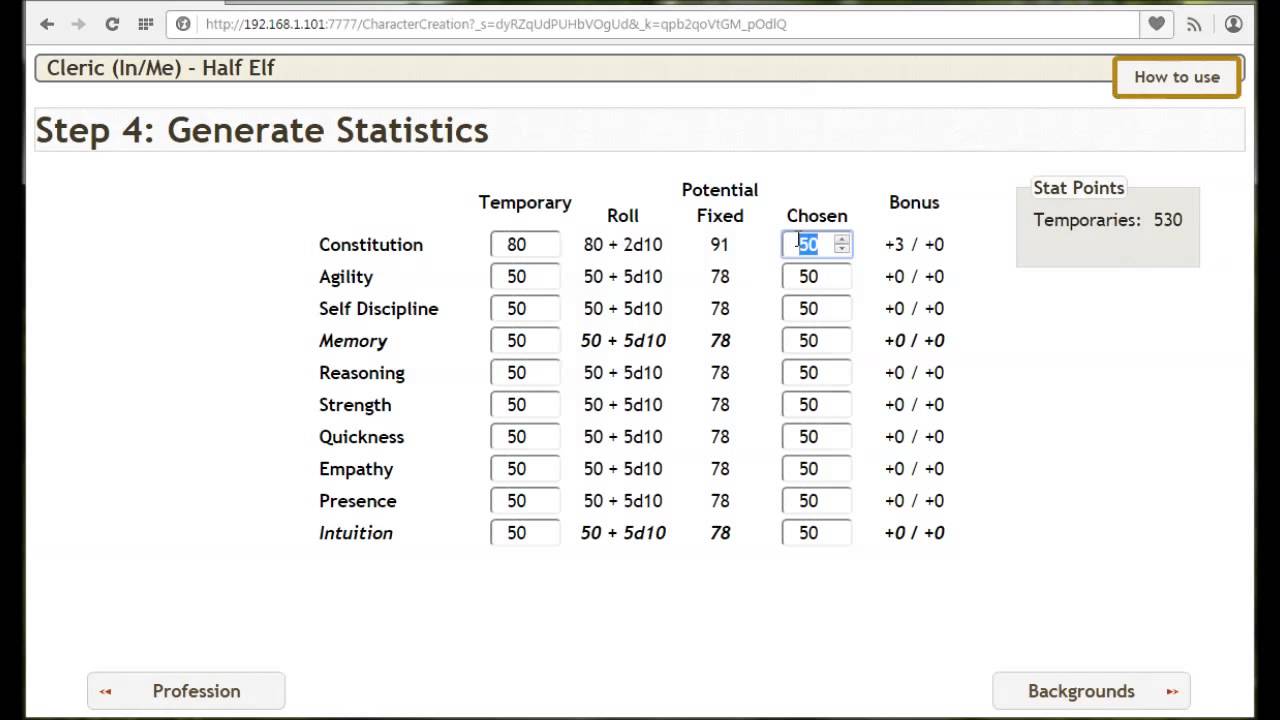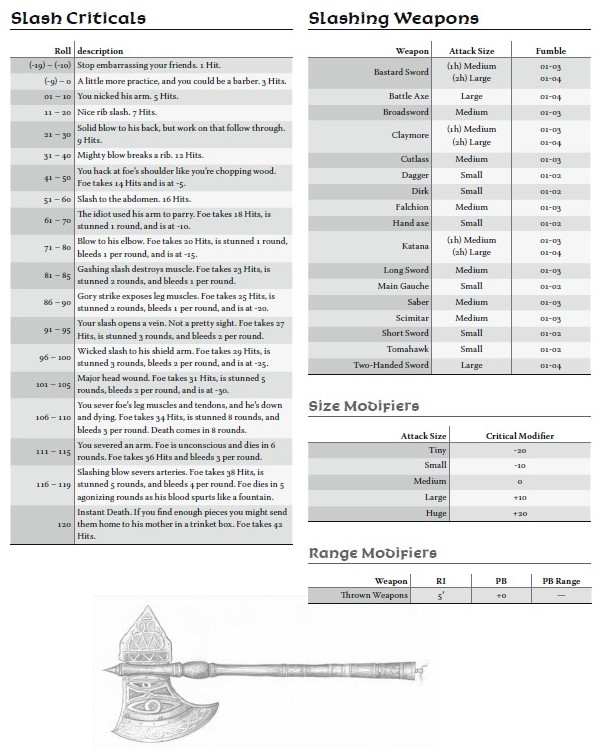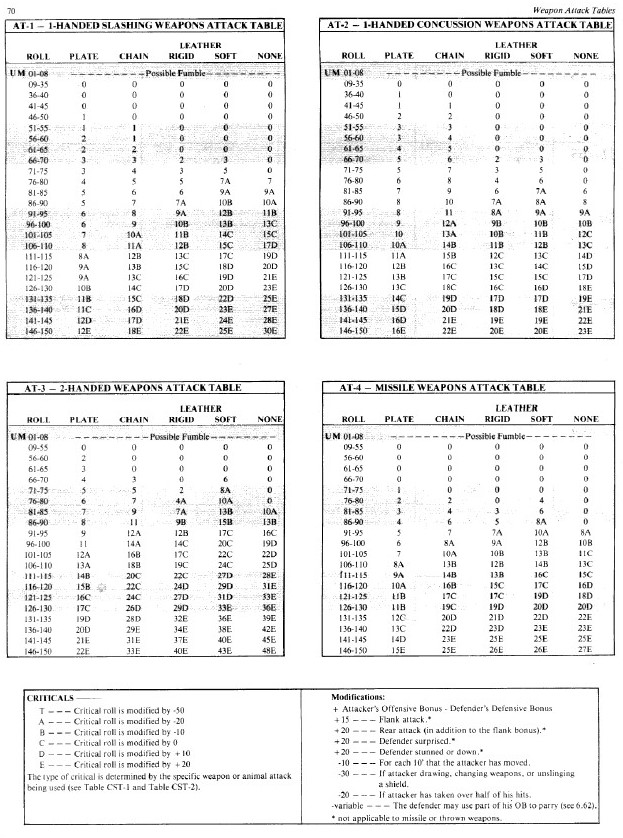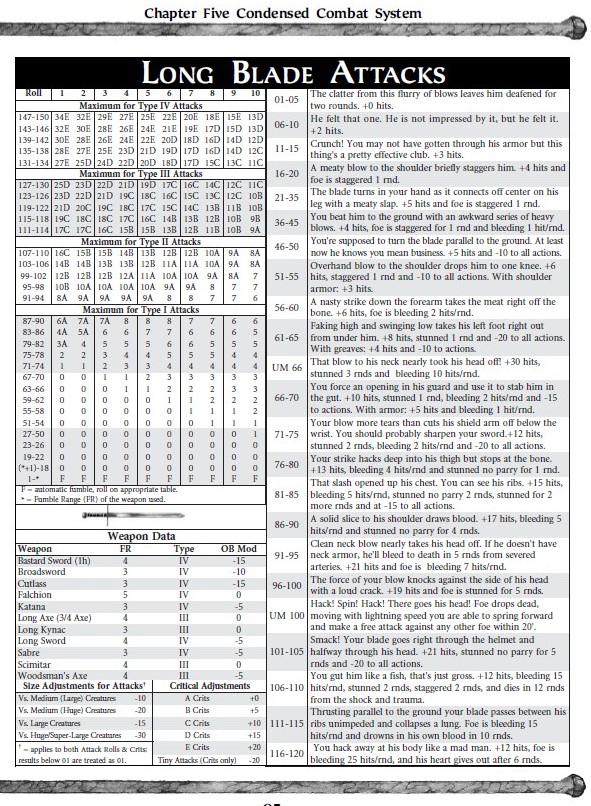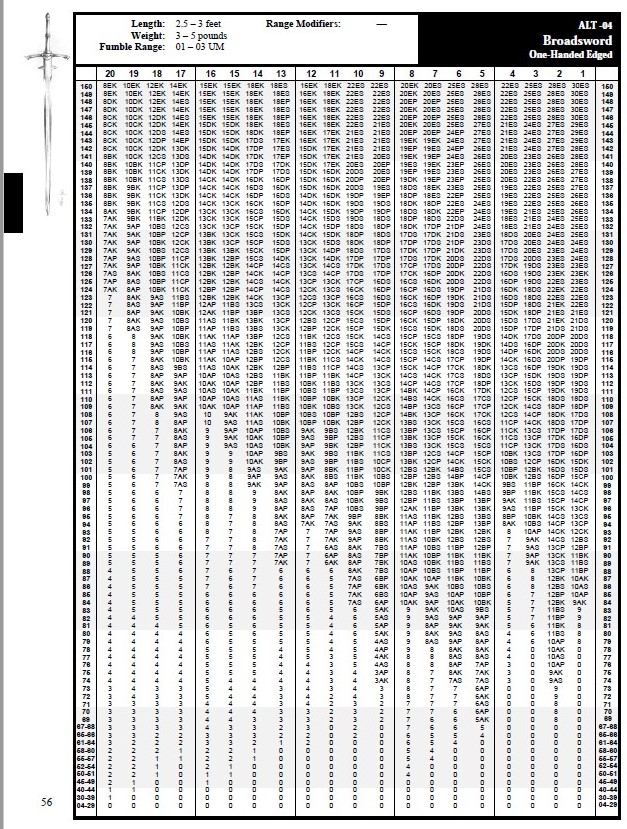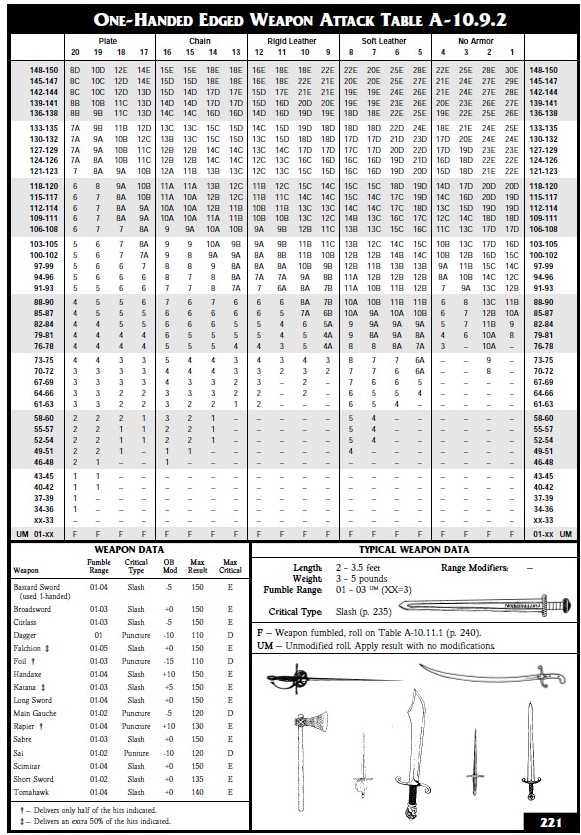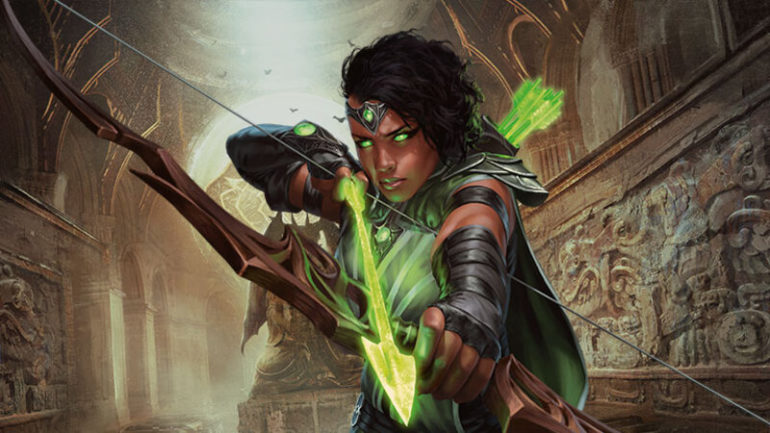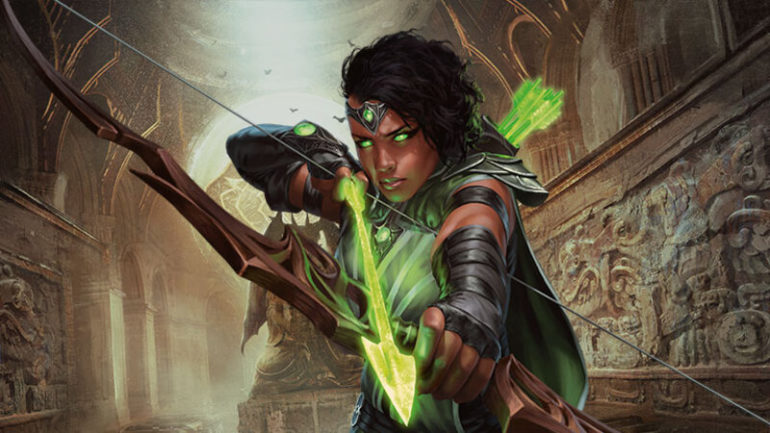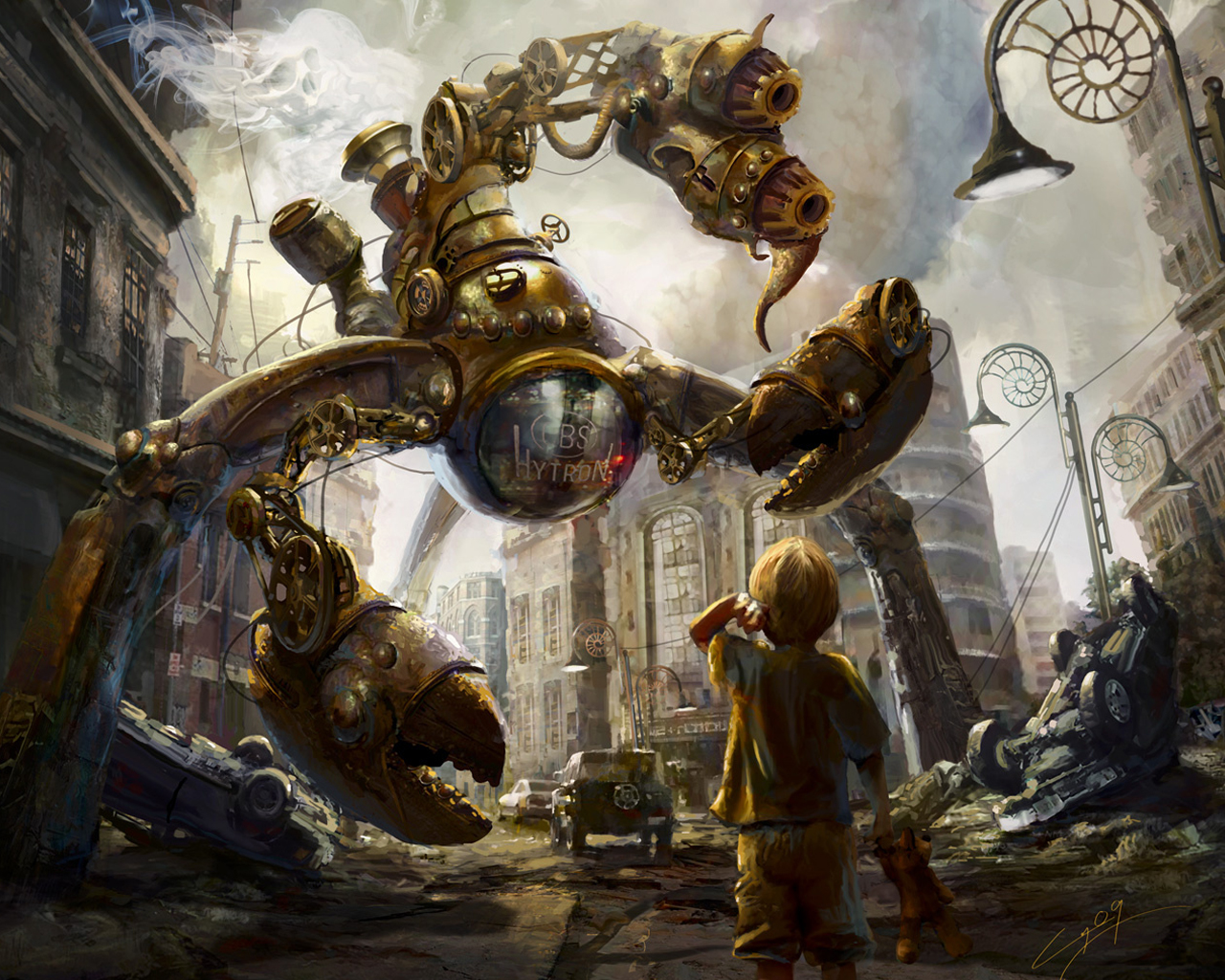Over Christmas, I set myself three goals, one of which was to read the Call of Cthulhu rules. I had only ever played the game, never run it, so was familiar with the rule in practice but had never sat behind the keeper’s screen.
It is now the middle of Feb and I am still reading.
Alongside that, quite a while ago I borrowed Dark Space from one of the guys in my Rolemaster group and I have now bought the book from him as he has said that he will never run it.
This throws up the issue of insanity in Rolemaster. I have written an article about this in the latest Fanzine. The gist of the article is about how dodgy using something as glib as a low-level neurosis spell is on a player or a player who has never experienced mental health issues trying to play a neurosis for laughs could be if you have someone sat at your table that has been struggling with their own mental health.
I don’t think the argument that a group may have been playing together for years and none of you have mental health problems so this doesn’t apply to you doesn’t stack up. People can and do hide issues for years. I know that my long term GM suffered from Schizophrenia for decades before getting a diagnosis. It is also recognized that role-players as a group have higher instances of mental health issues than the population as a whole. Presumably, the possibility of living someone else’s life for a while has an appeal. I cannot find the research right now but I think it was based upon a sampling of US role players so that may not apply globally but I cannot see why it shouldn’t. People are people all over the world.
Since writing the article in the fanzine I have been thinking about this a bit more. Not from a mental health perspective but from a game mechanic point of view.
Dark Space has two options. The first is to use Stress and Depression criticals from RoCoIII, which I am really not that impressed with. The second option is to use a new Stat called Rationality (Ra). The Ra stat is a complete carbon copy of the CoC Sanity stat and you lose Ra points depending on what the character experienced and loss of Ra leads to temporary or long term insanities, which you roll on a table. This pretty much imports all of the potential problems with CoC into Rolemaster.
The Criticals solution is equally crass. It just tells the player to play their character as either depressed or suicidal with a percentage chance of suicide each week.
I am thinking about a solution that has more shades of grey to it. We already have Co drain from the undead, could we have mental [temp] stat drain from a variety of stats. So studying some material that makes you question your very understanding of how the universe works could give you a resistance roll with your Re bonus as an assist but failure leads to a reduction in your Re stat, x number of points for every 10 points of RR failure. But, here is the first of two clever bits, if the trauma were emotional you could use In as the pertinent stat and damage the In temp as a consequence.
We can import the idea of temporary mental health issues from CoC. If you lose 20% of your remaining temporary stat in a short period of time but rather than rolling on a table what we, as GMs, do is you talk to the player and discuss how their character should react to this to that trauma. This negotiated behavior means that two characters facing the same emotional hurt could react very differently. One player could choose to be callous and unfeeling, wall themselves off from others and emotional bonds. Another player may choose to make their character desperate for emotional support.
As GM you are there and agreed with how the player was going to play this personality change. That means that you can use it to reward good role-playing. You know the criteria so you can measure performance against expectations.
Now we have a system that allows you to model different types of stress and trauma, it gives the player an active role in portraying the effects and the character gets rewarded for the player playing their character well.
You could also introduce parapsychology and psychiatry as skills and use these to restore lost tempory stats. There has long been a lack of clarity in how undead Co drain was supposed to be recovered.
